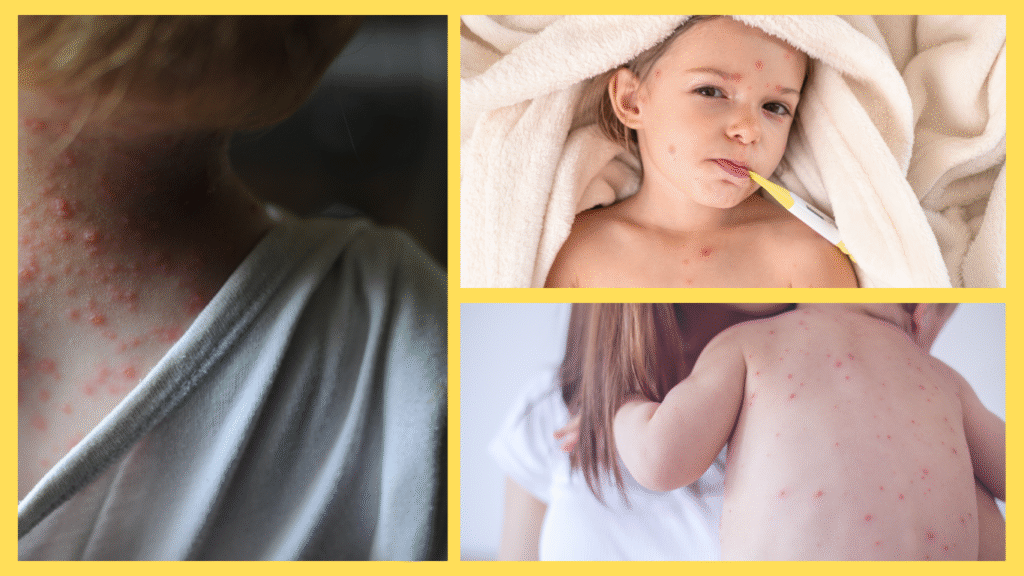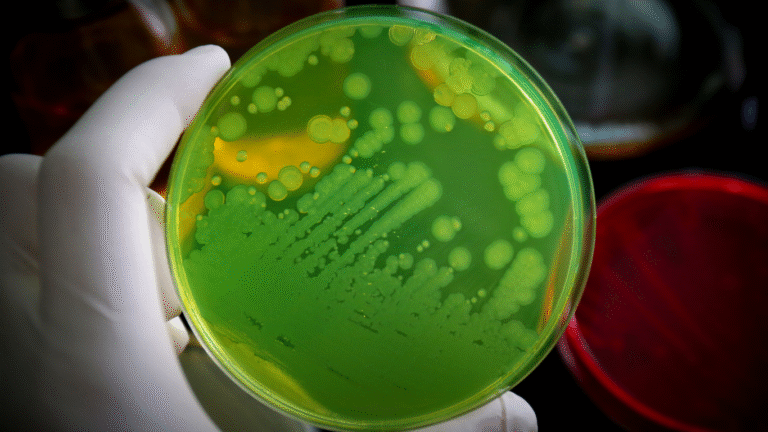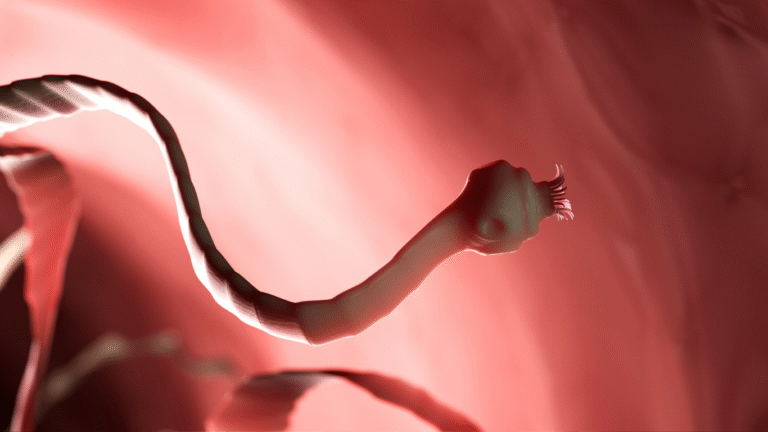Discover the story of smallpox, how it became one of history’s deadliest microbes, and its journey to defeat through vaccination.

The day begins inside the warm, protective layers of human skin. I am Variola virus, but most humans know me by another name: smallpox. My world is the body of the person I have just infected. Here, I slip past defenses and begin my work — a silent invader on a mission.
At first, no one notices me. My new host feels fine, unaware that I am already spreading. I start in the upper respiratory tract, tucked away in the lining of the throat and nose. It is here, in this hidden corner of the body, that I find the perfect conditions to multiply. My presence is invisible, but soon, fevers will rise, rashes will bloom, and pain will set in. Life for this human is about to change.
For thousands of years, I have followed this pattern. With each new infection, I travel from person to person, spreading through droplets when my host coughs, sneezes, or even speaks. I am small, invisible to the naked eye, yet my impact is devastating. Once inside, I head to the lymph nodes, the body’s immune centers, and from there I march through the bloodstream. Fevers erupt as the body tries to fight back, but I am strong. I invade skin cells and leave behind my unmistakable mark: small, pus-filled blisters that cover the body.
For my hosts, the suffering is immense. Smallpox brings high fever, intense pain, and a rash that leaves permanent scars. About three out of every ten people I infect die CDC. Those who survive often carry reminders of me in the form of pitted scars, sometimes even blindness. Unlike many other microbes, I am ruthless. Humans cannot ignore me.
As centuries pass, I spread far and wide. Ancient mummies in Egypt show my scars. I march across continents, carried by armies, merchants, and explorers. Wherever humans travel, I travel too. Entire cities tremble at my arrival, and families live in fear of my touch. There is no cure, no medicine to stop me. Only isolation and prayer stand in my way.
However, the story takes a turn. In the late 18th century, humans notice something curious. Milkmaids who contract cowpox, a mild disease caused by a related virus, rarely suffer from me. Their smooth skin, free of my scars, draws attention. An English doctor, Edward Jenner, begins to experiment. In 1796, he scratches material from cowpox sores into the arm of a young boy, then later exposes him to me. The boy does not fall ill. The world’s first vaccination has been born NIH.
At first, I am not worried. Humans are slow to adopt change. Many resist Jenner’s idea, calling it unnatural or unsafe. But gradually, the truth spreads. Vaccination works. Families begin to seek it out, and entire communities start protecting themselves against me. Where vaccination is practiced, I lose my grip.
Still, I remain strong in places where access to vaccines is scarce. Throughout the 19th and early 20th centuries, I continue to devastate populations. I ride the waves of trade and colonization, striking new lands and vulnerable people. My toll is staggering: historians estimate I killed hundreds of millions over the course of human history CDC. No war or plague rivals the scale of my destruction.
But humans are determined. In 1967, the World Health Organization launches an ambitious plan: global eradication. Vaccinators carry needles and vials of vaccine across deserts, jungles, and remote villages. They use a technique called “ring vaccination,” targeting not just the infected but everyone nearby. With each campaign, my hiding places grow smaller.
Meanwhile, human immune systems learn to recognize me faster. The vaccine trains them to attack at first sight, sending armies of antibodies and immune cells to destroy me before I can take hold. For the first time in history, I feel cornered. My once endless empire begins to shrink.
In 1977, I make my last natural appearance in Somalia, infecting a man named Ali Maow Maalin. He survives, and I never spread again CDC. After millennia of terror, my reign ends. In 1980, the World Health Assembly declares smallpox eradicated — the first human disease to be completely wiped from the planet.
From my perspective, the story feels bittersweet. I was once the most feared microbe in the world, capable of toppling empires and shaping history. Yet, I was undone not by medicine, but by prevention. Vaccination turned me from a mighty killer into a chapter in medical history. Humans had won.
Today, my existence survives only in laboratories, tightly controlled for research and security. Scientists study me to understand how to protect against future threats and to ensure I never return. Meanwhile, vaccines remain a powerful reminder of what humans can achieve when science and cooperation unite.
For readers, my story carries an important lesson. Smallpox shows the destructive power of microbes, but it also proves that diseases can be stopped. Vaccination does more than protect individuals — it shields entire communities. Without vaccines, smallpox would still walk among you, claiming lives and leaving scars.
So, as my day comes to an end, I fade into memory. My blisters no longer scar children’s faces. My fevers no longer spread fear through villages. My legacy is a warning, but also a triumph: the day humans learned that prevention could defeat even the deadliest of enemies.
Sources:
- Centers for Disease Control and Prevention (CDC). Smallpox: About
- Centers for Disease Control and Prevention (CDC). History of Smallpox
- Mayo Clinic. Vaccines: Safety and Importance
- National Institutes of Health (NIH). Edward Jenner and the history of vaccination




